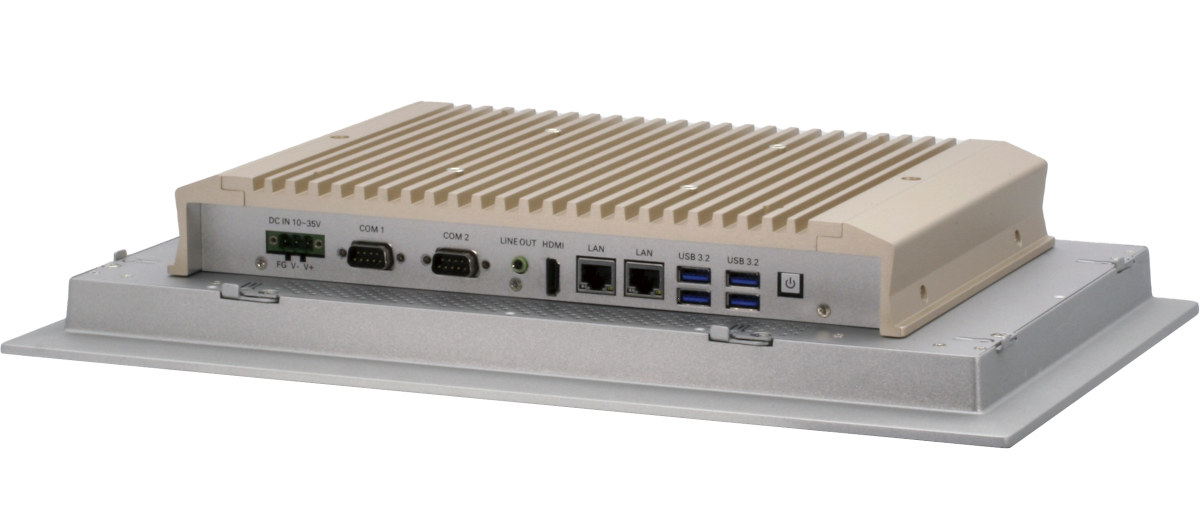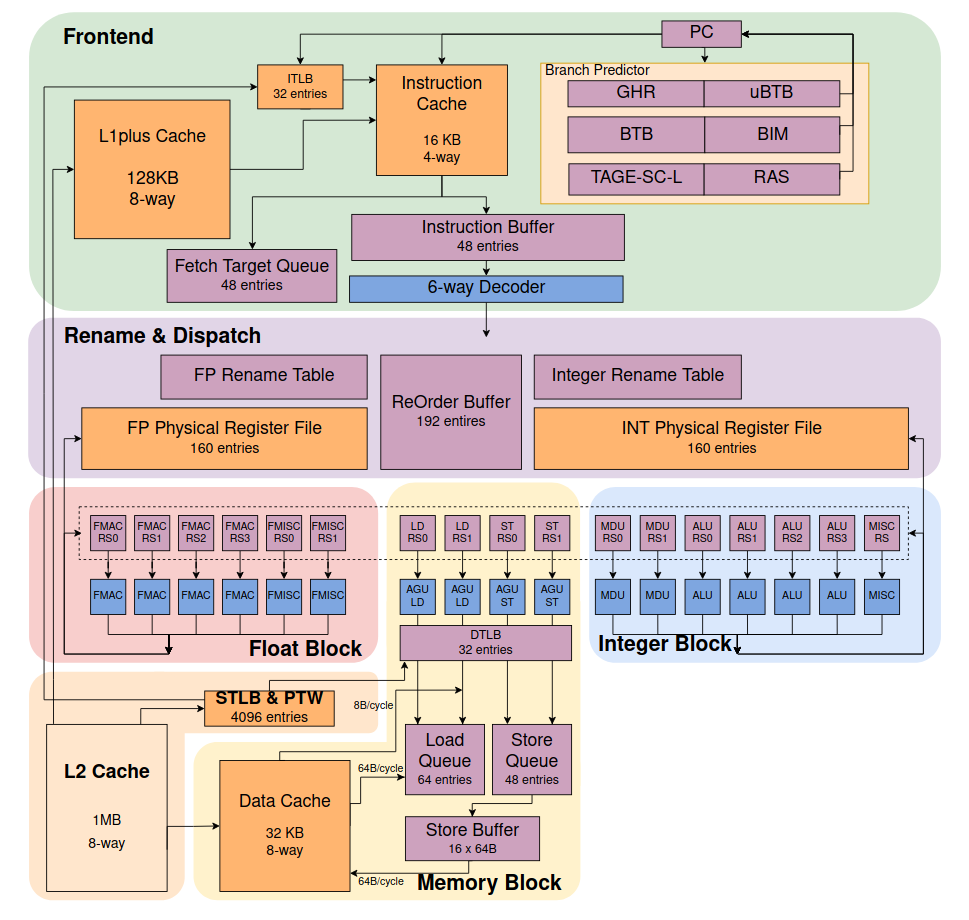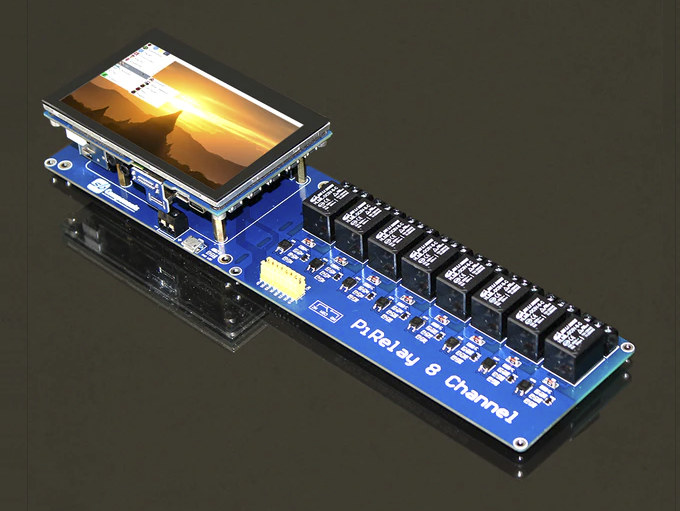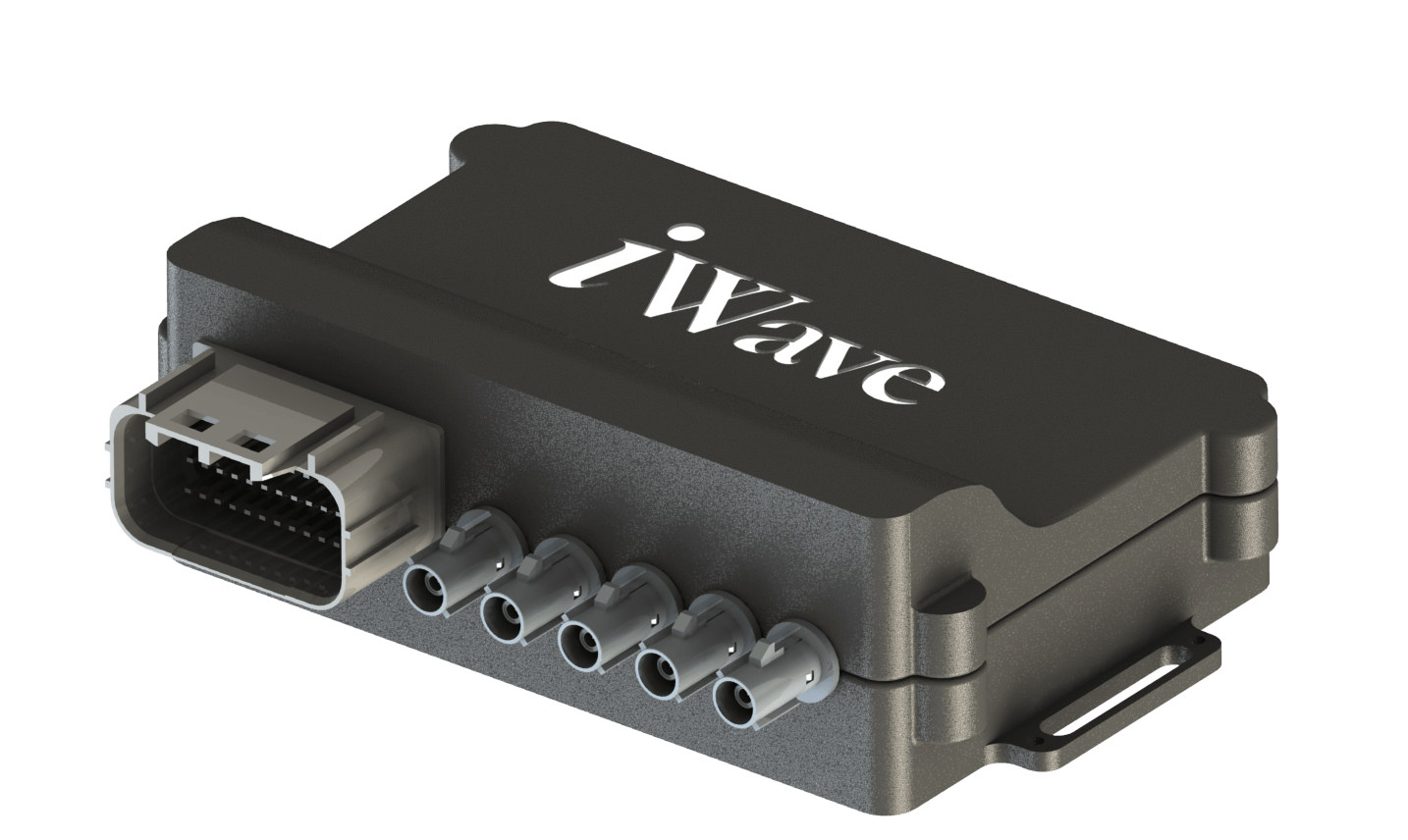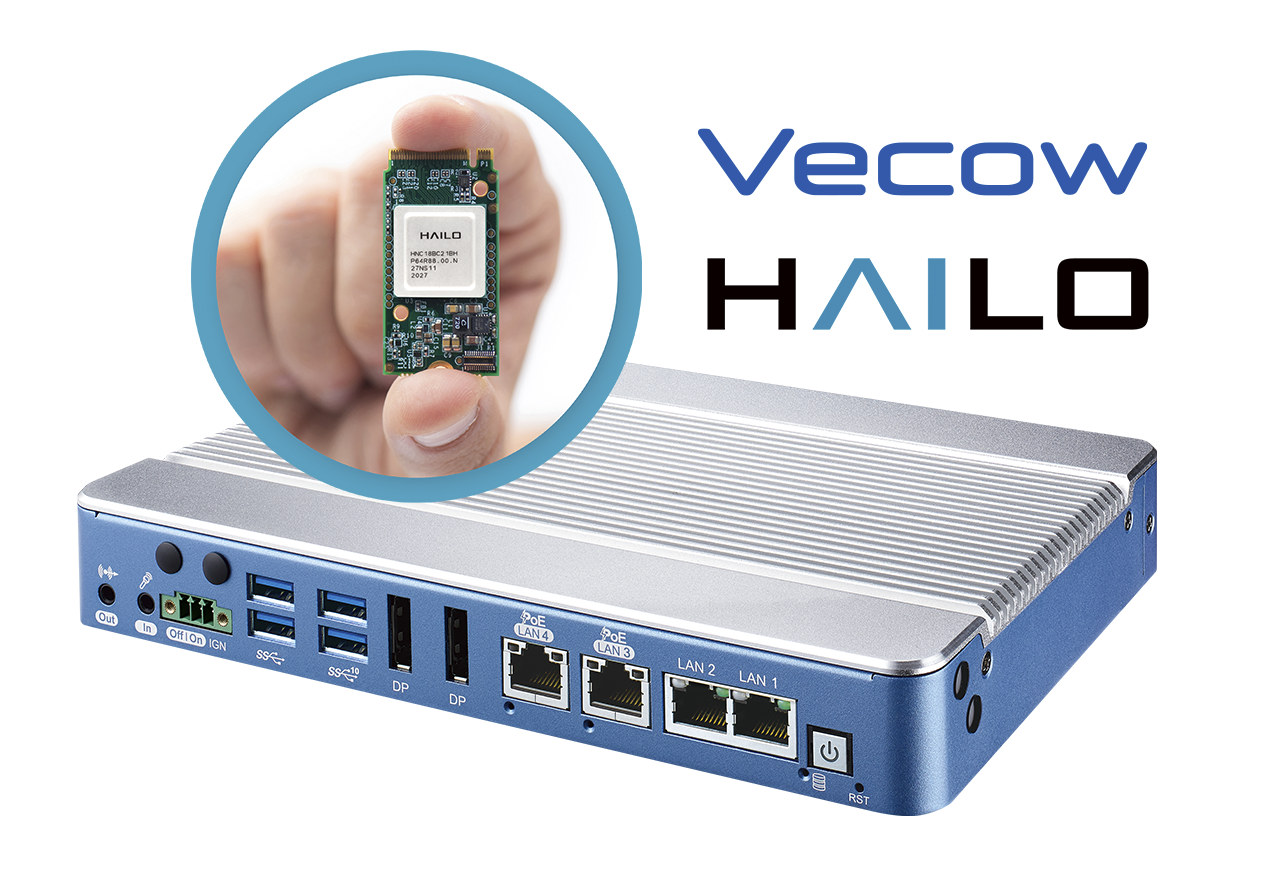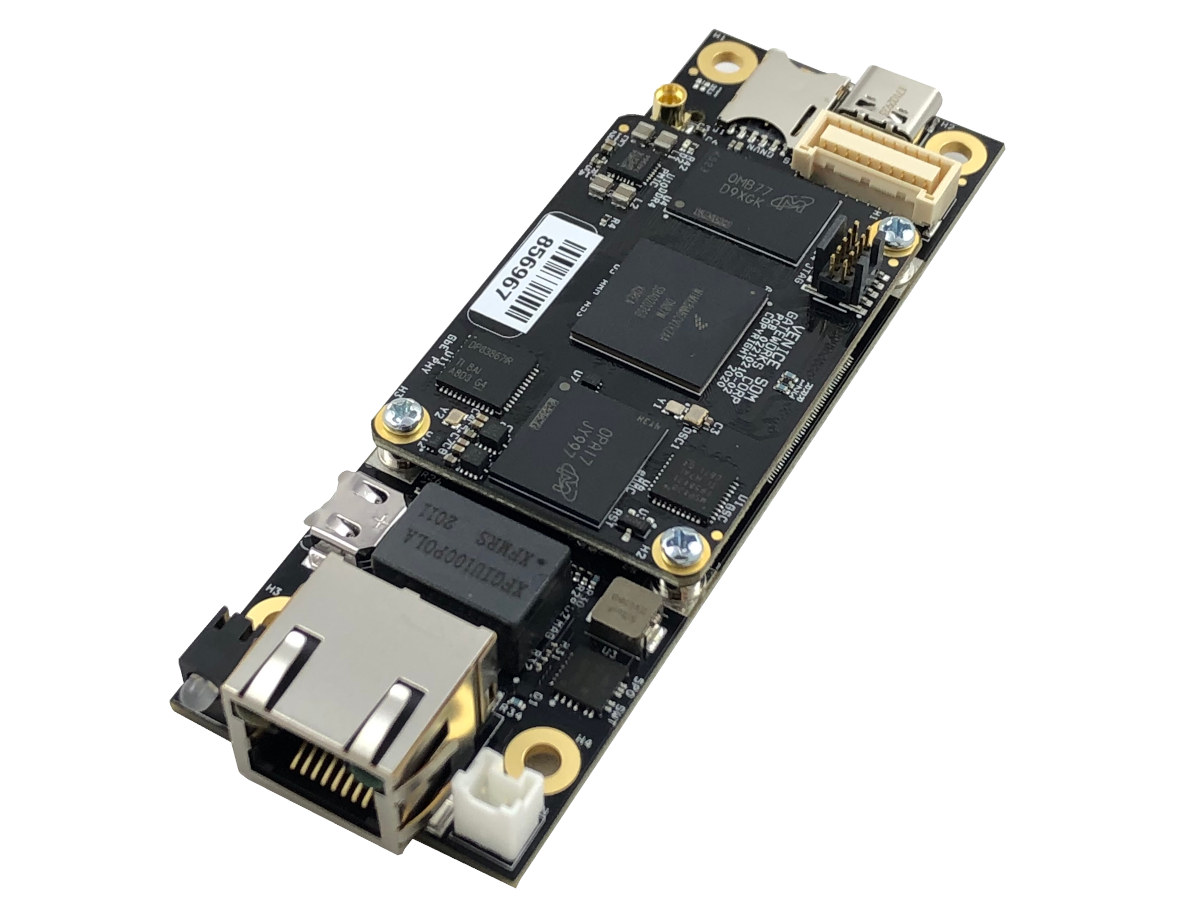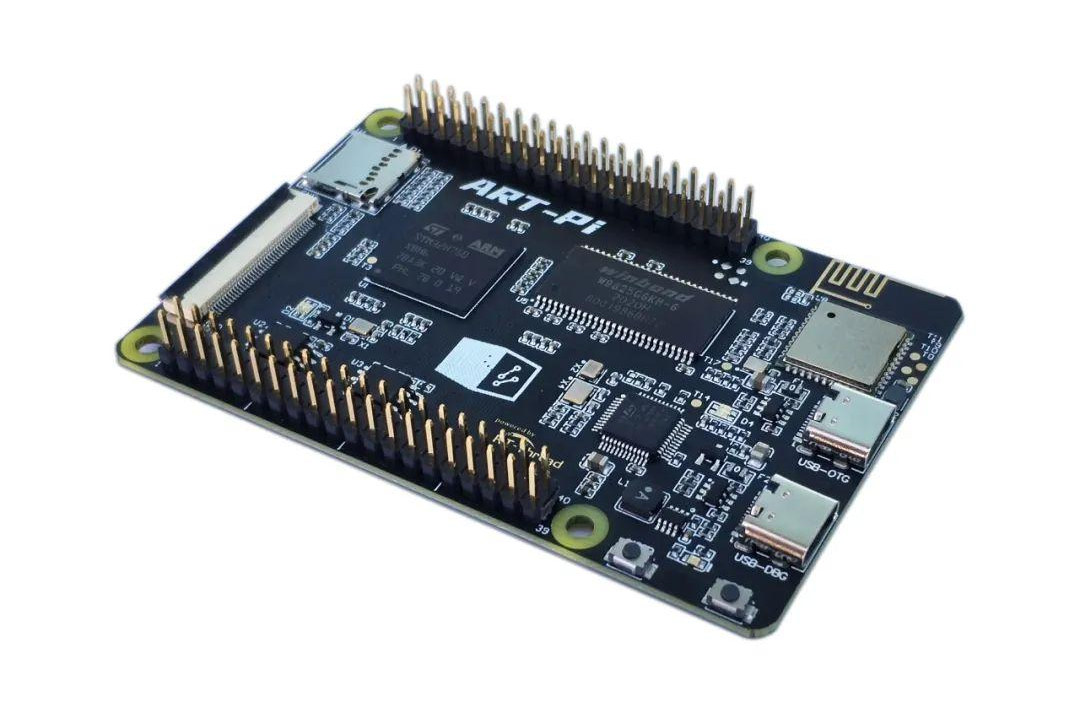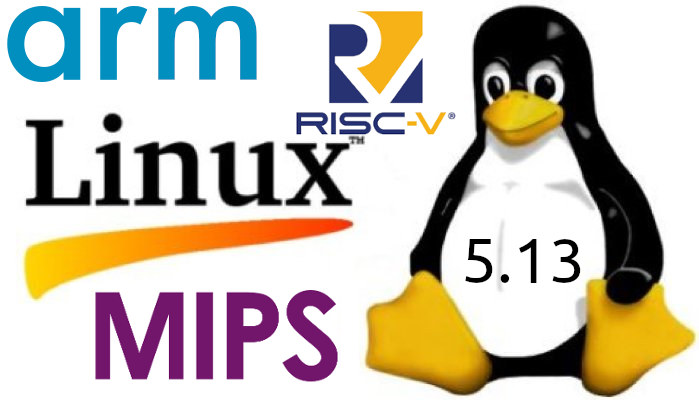AAEON OMNI-2155-CML is an industrial touch panel PC with a 15.6-inch display, and a choice of 10th generation Intel Core and Celeron Comet Lake processors, as well as various I/O features. The system comes with two SO-DIMM sockets for up to 64GB DDR4 RAM, M.2 and SATA storage, dual Gigabit Ethernet, two serial ports, four USB 3.2 ports, and support for a wide input voltage range. AAEON OMNI-2155-CML specifications: Supported socketed processors Intel Core i9-10900TE 10-core/20-thread processor @ 1.80 GHz / 4.50 GHz (Turbo) with 20 MB Smart Cache, Intel UHD Graphics 630 @ 350 MHz / 1.20 GHz; TDP: 35 W Intel Core i7-10700TE 8-core/16-thread processor @ 2.00 GHz / 4.40 GHz with 16 MB Smart Cache, Intel UHD Graphics 630 @ 350 MHz / 1.15 GHz; TDP: 35W Intel Core i5-10500TE 6-core/12-thread processor @ 2.30 GHz / 3.70 GHz with 12 MB Smart Cache, Intel UHD Graphics 630 […]
XiangShan open-source 64-bit RISC-V processor to rival Arm Cortex-A76
SiFive Performance P550 was supposed to be the most powerful RISC-V core to date, capable of outperforming Arm’s Cortex-A75 core in raw performance, but especially in terms of efficiency, with three times the performance per mm2. But there may be an even more powerful RISC-V processor, albeit developed as a research project, with the Chinese Academy of Science (CAS)’s XiangShan open-source processor presented at the recent RISC-V World Conference China 2021 with the goal of matching Cortex-A76 performance. The project was launched on June 11, 2020, and 25 classmates and teachers participated in the development of Xiangshan with 821 main branch code mergers, 3296 code submissions, more than 50,000 lines of code, and more than 400 documents, mostly in Chinese only for now. This culminated with an 8-core prototype built based on Yanqihu (雁栖湖) architecture using TSMC’s 28nm process with the processor running up to 1.2 or 1.3 GHz that […]
Relay expansion board for Raspberry Pi includes 4.3-inch touchscreen display (Crowdfunding)
There are plenty of multi-relay boards for Raspberry Pi, but since those are often combined with an HMI for control, SB Components decided to offer an all-in-one solution with an expansion board equipped with eight relays and a 4.3-inch touchscreen display connected to a Raspberry Pi via HDMI and USB. PiRelay 8 specifications: Relays 8x relays with 3.3V/5V trigger signal Input – 250V AC/7A, 30V DC/10A Screw terminal blocks NO (Normally Open) and NC (Normally Closed) modes available Isolation – EL357NC optocouplers with current transfer ratio (CTR) of 50-600% at IF=5mA, VCE=5V Display support – Optional 4.3-inch touchscreen display with 800 x 480 pixels resolution, HDMI input for video, USB for touchscreen support. It also comes with a 3.5mm audio jack, an HDMI audio output, a speaker connector, and mounting holes for the Raspberry Pi. 40-pin GPIO header to connect a Raspberry Pi SBC (Pi 4, Pi 3B+, Pi 3, […]
Linux-based telematics gateway offers four CAN Bus interfaces, cellular & WiFi connectivity, and more
iWave Systems already provided some Linux-based vehicle diagnostic systems such as their NXP i.MX 7 powered OBD-II dongle with 4G LTE and GPS. But their latest model, the iW-Rainbow-G41 telematics gateway, goes a step further with an NXP i.MX 8 processor controlling four CAN Bus interfaces, and offering both wired (RS232/RS485, automotive Ethernet) and wireless (cellular, Wifi, Bluetooth) connectivity options. iW-Rainbow-G41 telematics gateway specifications: SoC – NXP i.MX 8 “DXL” Arm processor (Not sure what DXL is exactly, and iWave has yet to reply to our request for more information, but NXP shortly mentions i.MX 8X/XL processors in a page about V2X applications) System Memory – 1GB LPDDR4 (Upgradable up to 2GB) Storage – 8GB eMMC flash (Upgradable up to 64GB) Communication Interfaces Cellular – 4G LTE Cat 4, LTE Cat M1/NB1, option to upgrade to 5G; E-Call support 802.11 a/b/g/n/ac WiFi 5 with optional support for 802.11ax WiFi 6 […]
Vecow ABP-3000 AI Edge gateway combines Hailo-8 AI accelerator with Intel Whiskey Lake processor
We first discovered Hailo-8 AI accelerator with claims of up to 26 TOPS performance and 3TOPS/W efficiency in October 2020. Since then, we’ve seen several integrate an Hailo-8 M.2 module into their design including EdgeTuring Edge AI camera and Vecow VAC-1000 gateway with a 24-core Foxconn processor. Vecow has now integrated the Hailo-8 AI accelerator into another gateway, but instead of relying on an Arm processor, the Vecow ABP-3000 AI computing system features an 8th generation Intel Core Whiskey Lake processor. Vecow ABP-3000 specifications: SoC – Intel Core i7-8665UE or i3-8145UE quad-core Whiskey Lake processor with Intel UHD Graphics 620; 15W TDP System Memory – 2x DDR4 2400MHz SO-DIMM, up to 64GB Storage – 1x M.2 Key B Socket (PCIe x2/SATA) AI Accelerator – Hailo-8 AI Processor, up to 26 TOPS with TensorFlow, ONNX frameworks support System IO chip – IT8786E Video Output – 2x DisplayPort up to 4096 x […]
Venice GW7100 compact industrial SBC packs one Gigabit Ethernet port, one mPCIe socket
Gateworks introduced the new Venice Industrial IoT SBC Family based on NXP i.MX 8M Mini processor with up to two Ethernet ports and four mPCIe Sockets last September starting with GW7300 board with dual Gigabit Ethernet and three mPCIe sockets. But the US company has now announced the availability of the smallest member of the family with Venice GW7100 SBC equipped with just one Gigabit Ethernet port and one mPCIe socket in a compact 100x35mm form factor. Venice GW7100 specifications: SoC – NXP i.MX 8M Mini single, dual or quad-core Arm Cortex-A53 processor @ up to 1.6GHz, with Arm Cortex-M4 at 400+MHz, 3D GPU (OpenGL ES 2.0), 2D GPU, and 1080p VPU System Memory – 1 GB LPDDR4 (up to 4GB) Storage – 8 GB eMMC flash (up to 64GB) Connectivity 1x Gigabit Ethernet RJ45 port with passive PoE support WiFi/Bluetooth or Cellular connectivity via mini PCIe socket and Nano-SIM […]
Art-Pi STM32H750 Cortex-M7 board supports RT-Thread, mainline Linux
I like to browse Linux changelog to learning about new features in the kernel, but also new hardware that made it into mainline Linux, even if only preliminary or partial. And in the just-released Linux 5.13, one board that caught my eye was Art-Pi, powered by an STMicro STM32H750 Cortex-M7 microcontroller without MMU (memory management unit) that was initially designed for RT-Thread real-time operating system. Art-Pi specifications: MCU – STM32H750XBH6 Value Line Cortex-M7 microcontroller @ 400 MHz, with 128KB flash, 16KB D/I cache, 864 SRAM, 64KB+128KB TCM with ECC correction System Memory – 32MB SDRAM Storage – MicroSD card slot, 16 MB SPI flash, 8MB QSPI flash Display – FPC connector for RGB888 displays Connectivity – SDIO WiFi 4 and UART Bluetooth via Ampak AP6212 module USB – 1x USB OTG Type-C port Debugging – On-board ST-LINK/V2.1 via USB-C DBG port Expansion – 2x 40-pin P1 & P2 headers with […]
Linux 5.13 Release – Notable changes, Arm, MIPS and RISC-V architectures
Linus Torvalds has just announced the release of Linux 5.13: So we had quite the calm week since rc7, and I see no reason to delay 5.13. The shortlog for the week is tiny, with just 88 non-merge commits (and a few of those are just reverts). It’s a fairly random mix of fixes, and being so small I’d just suggest people scan the appended shortlog for what happened. Of course, if the last week was small and calm, 5.13 overall is actually fairly large. In fact, it’s one of the bigger 5.x releases, with over 16k commits (over 17k if you count merges), from over 2k developers. But it’s a “big all over” kind of thing, not something particular that stands out as particularly unusual. Some of the extra size might just be because 5.12 had that extra rc week. And with 5.13 out the door, that obviously means […]


